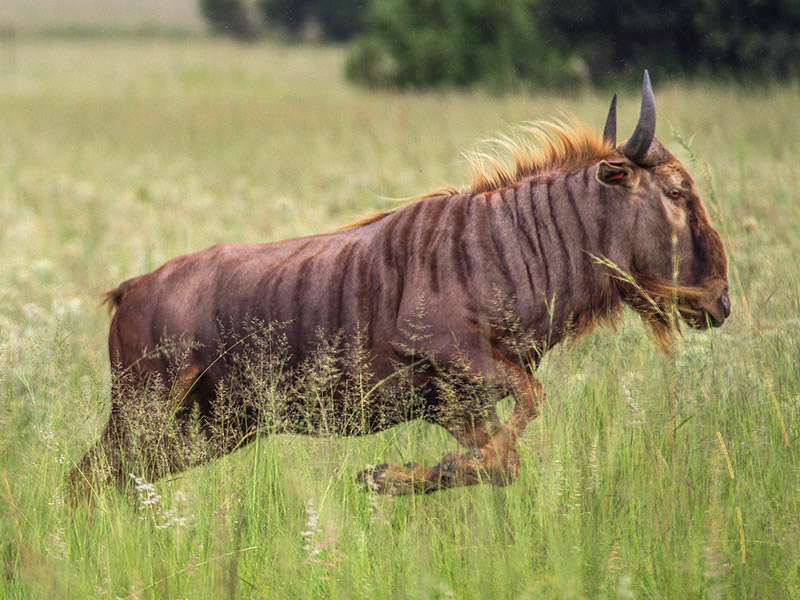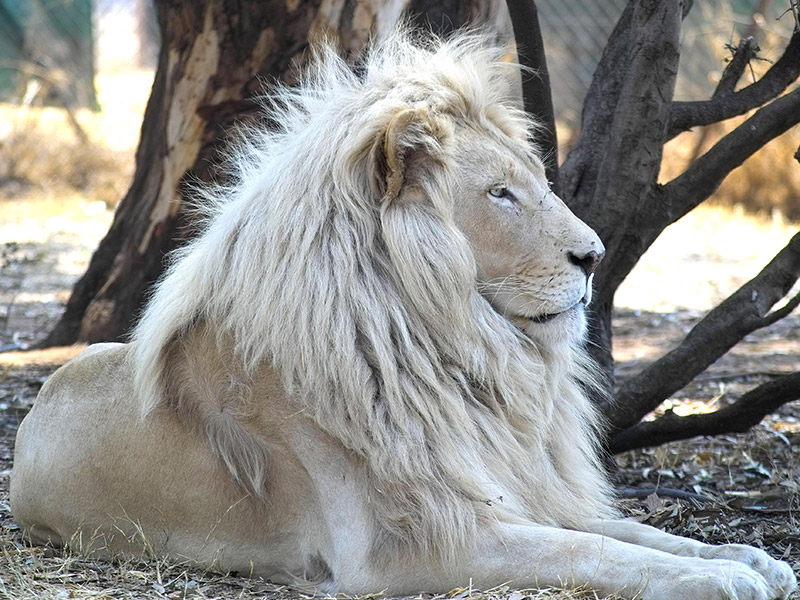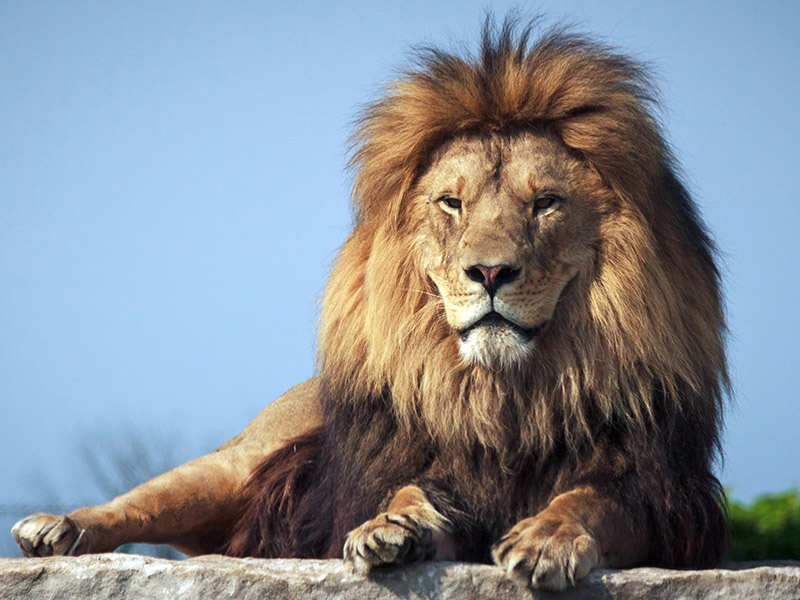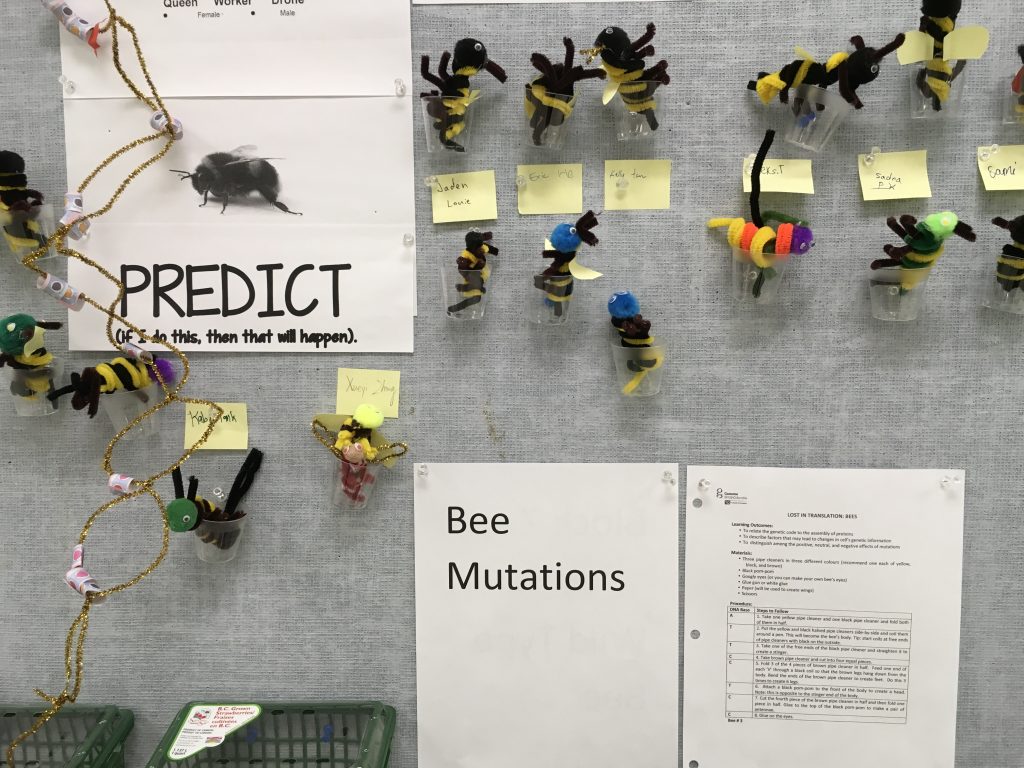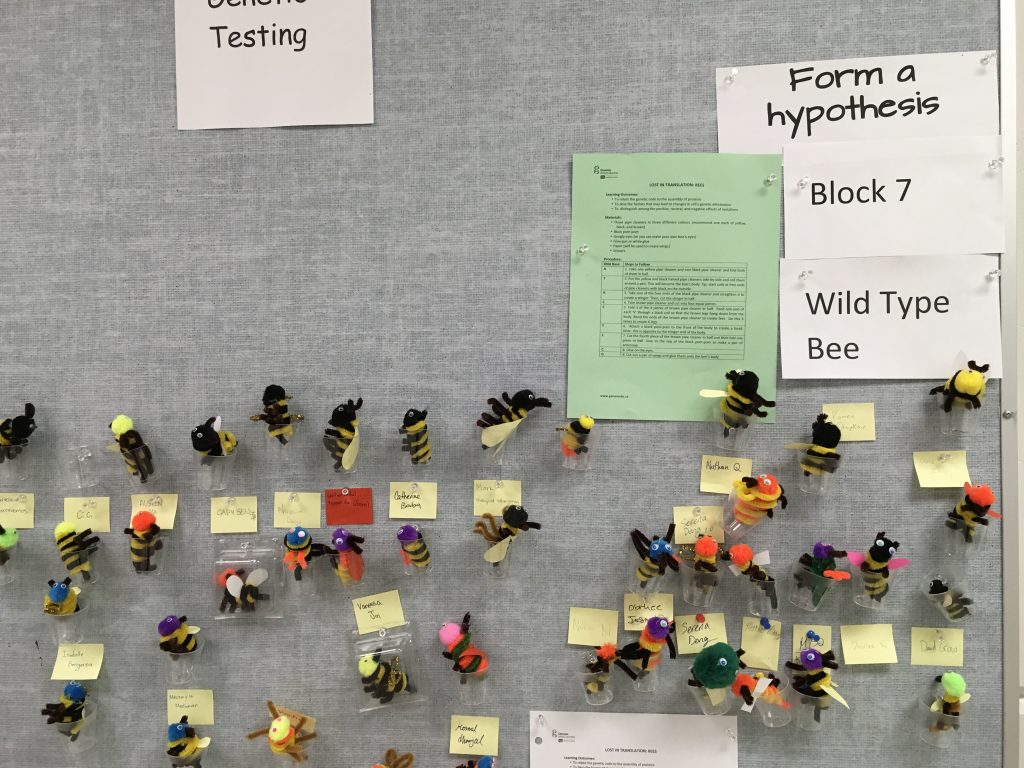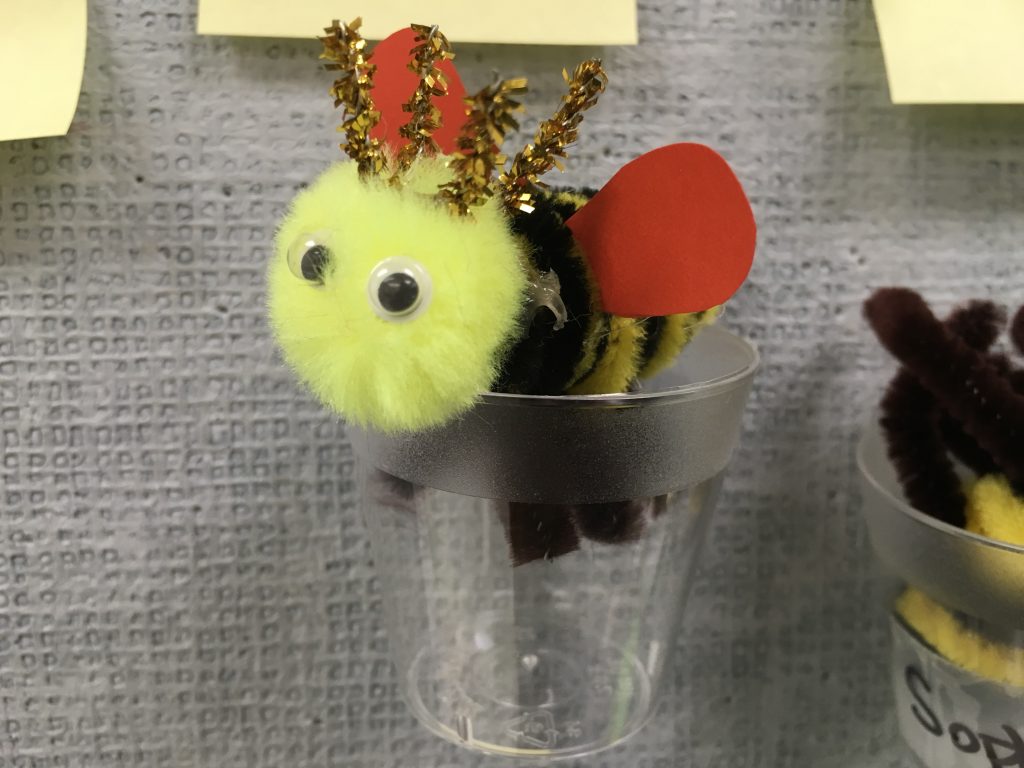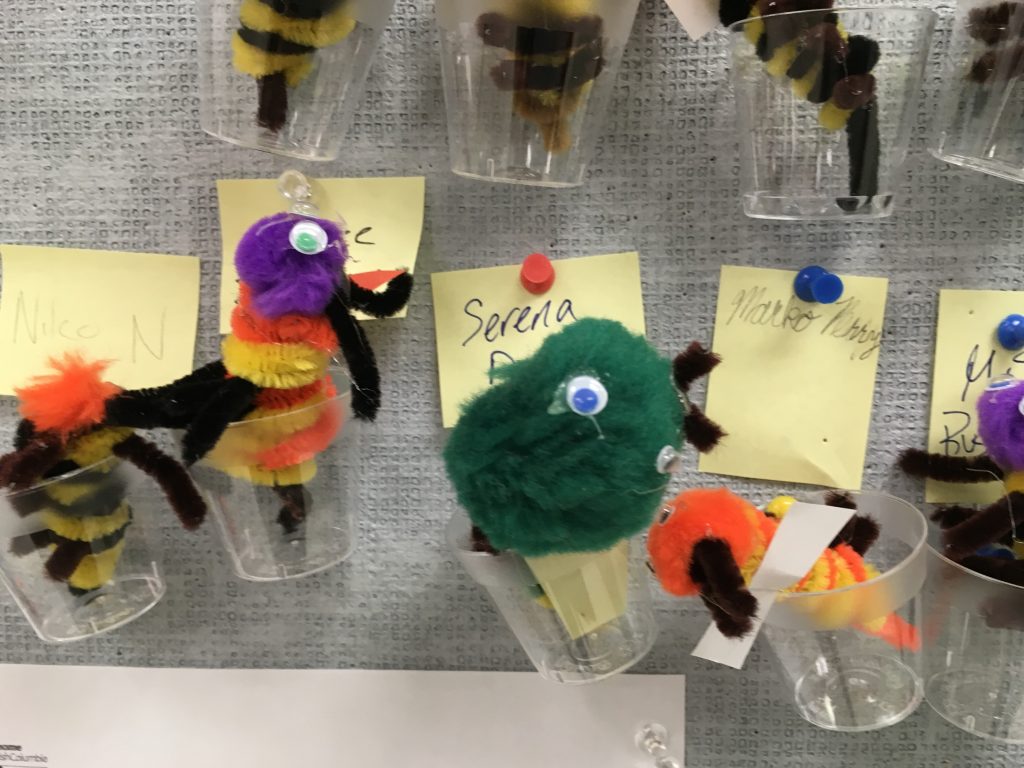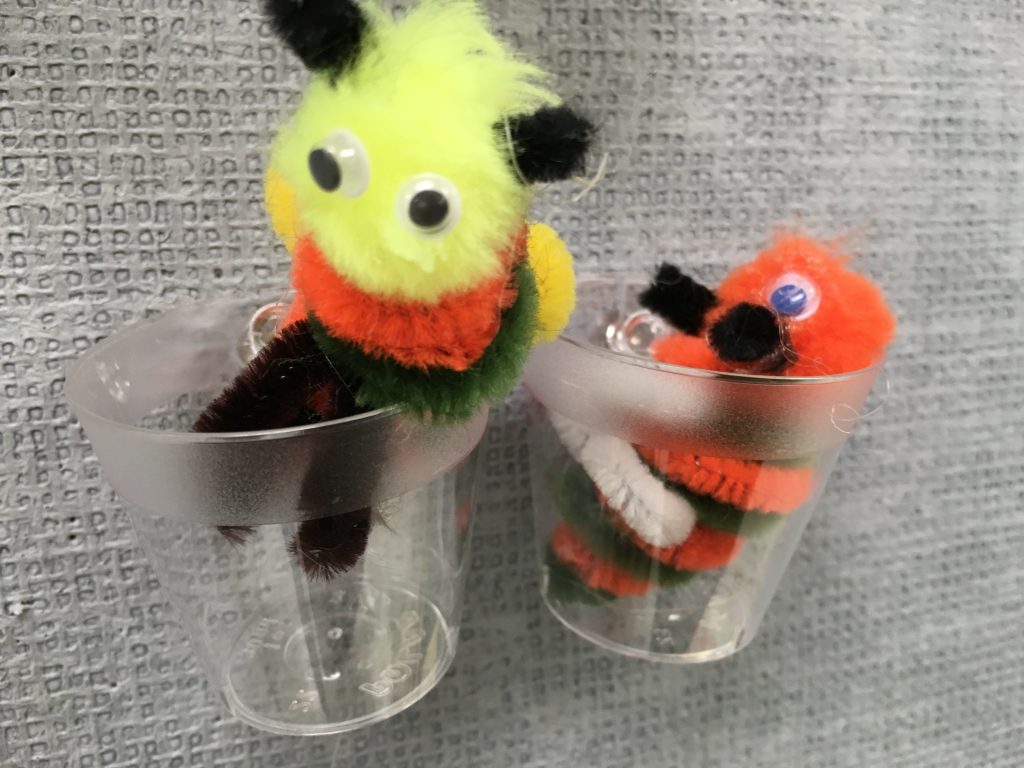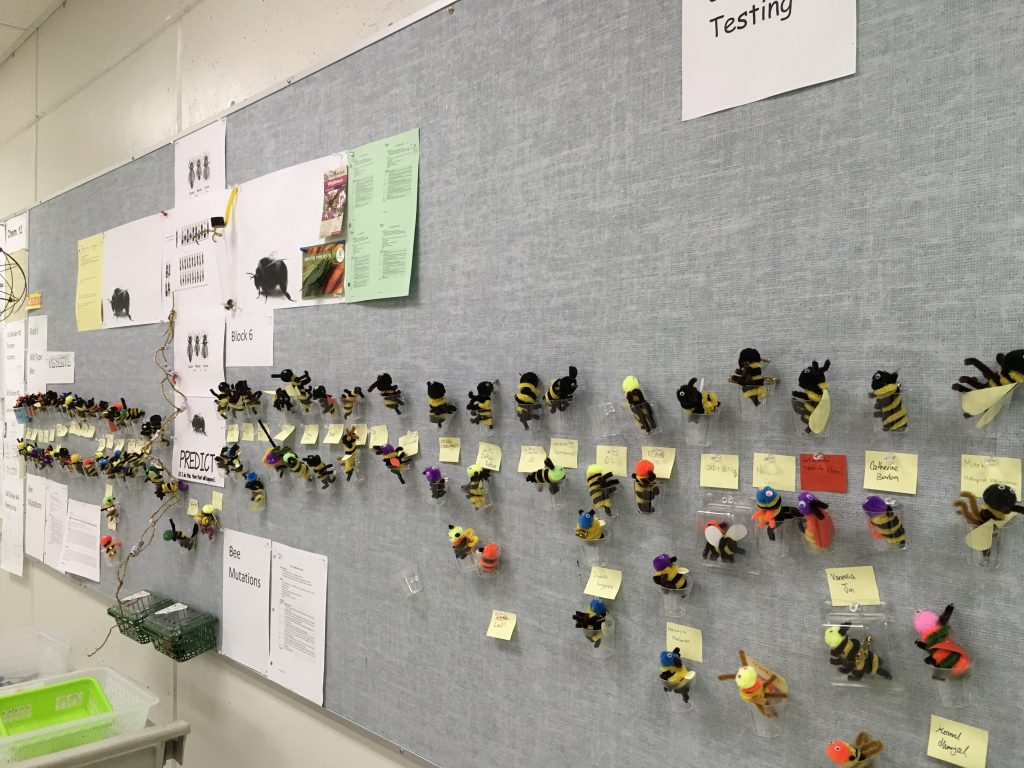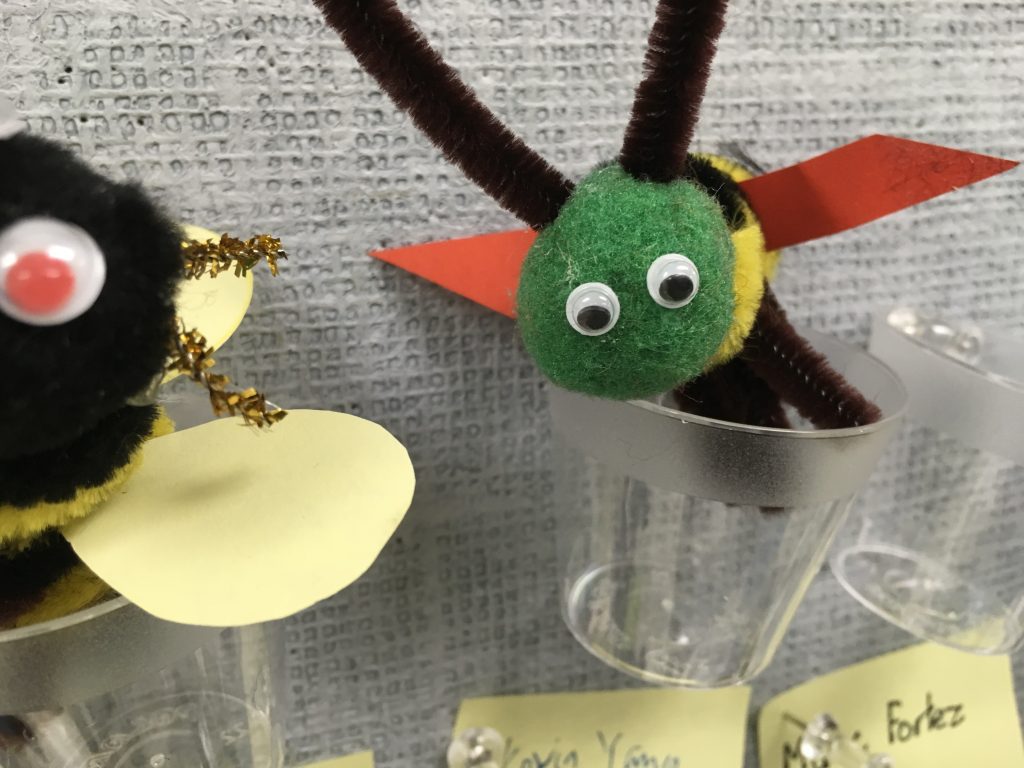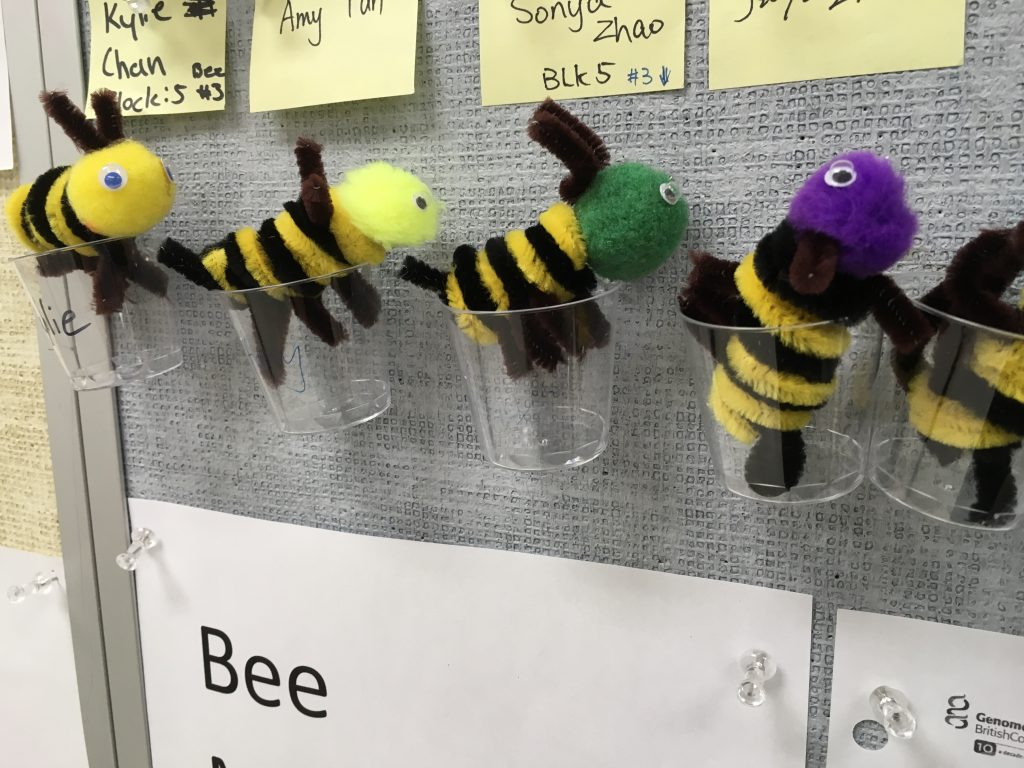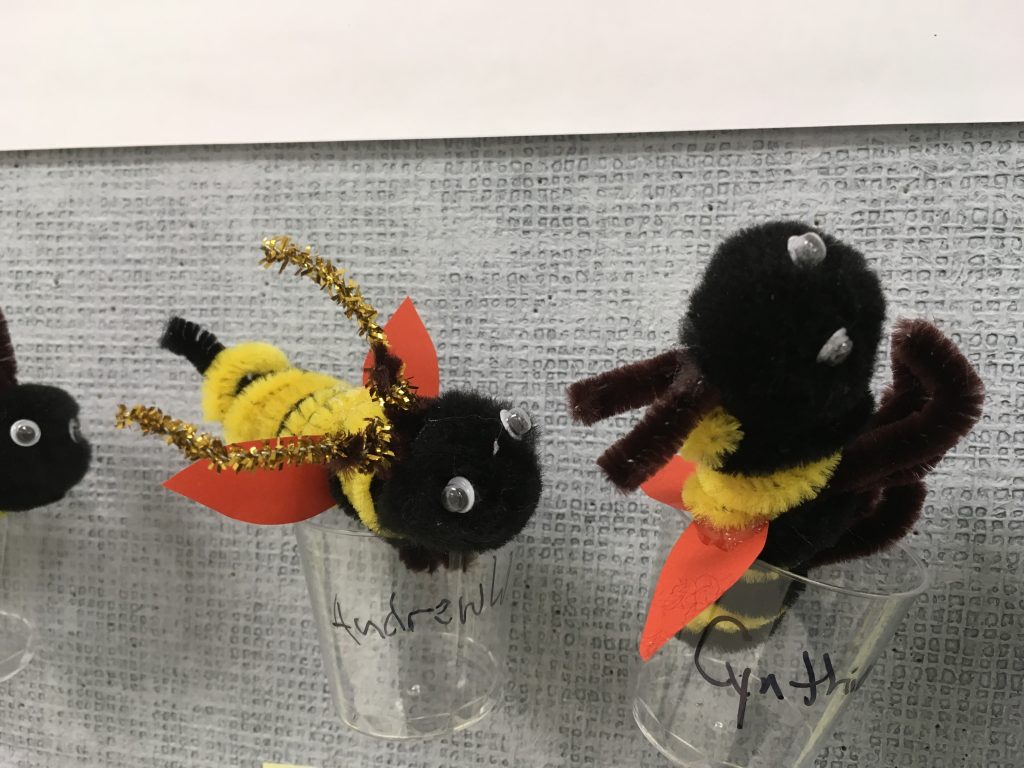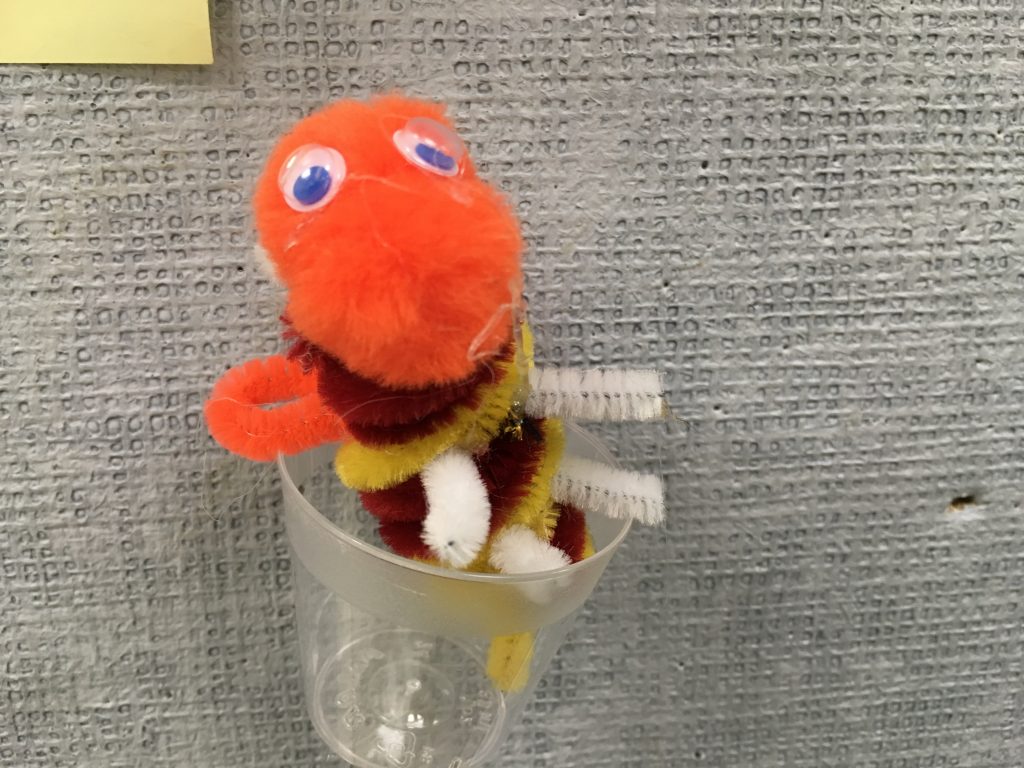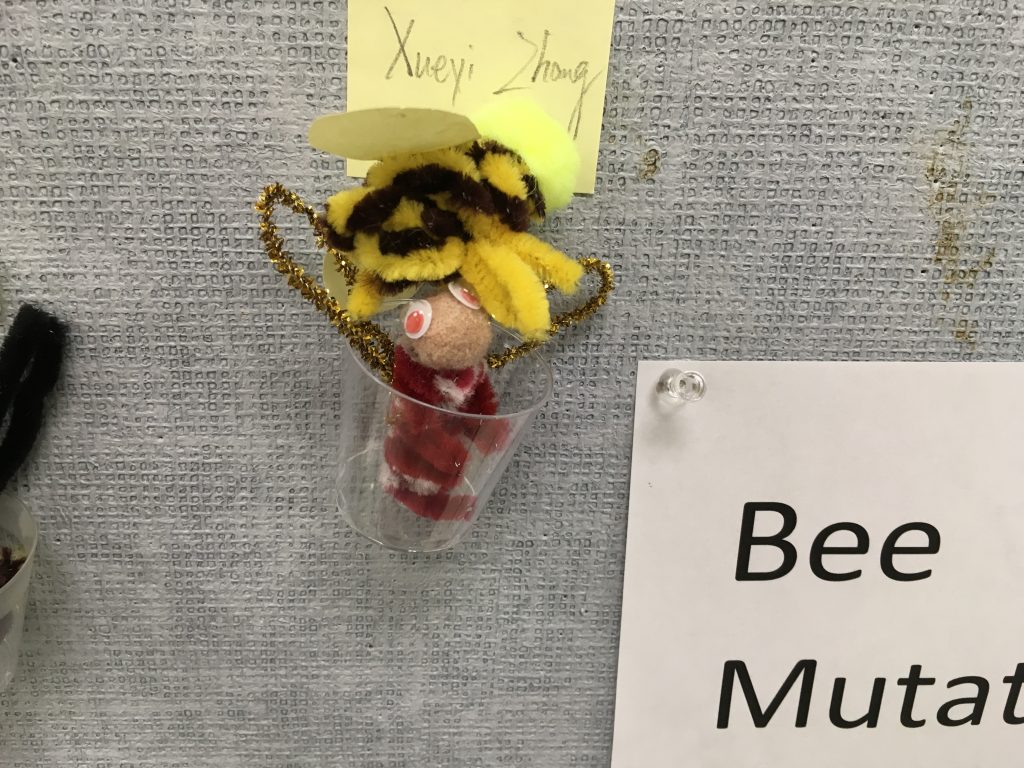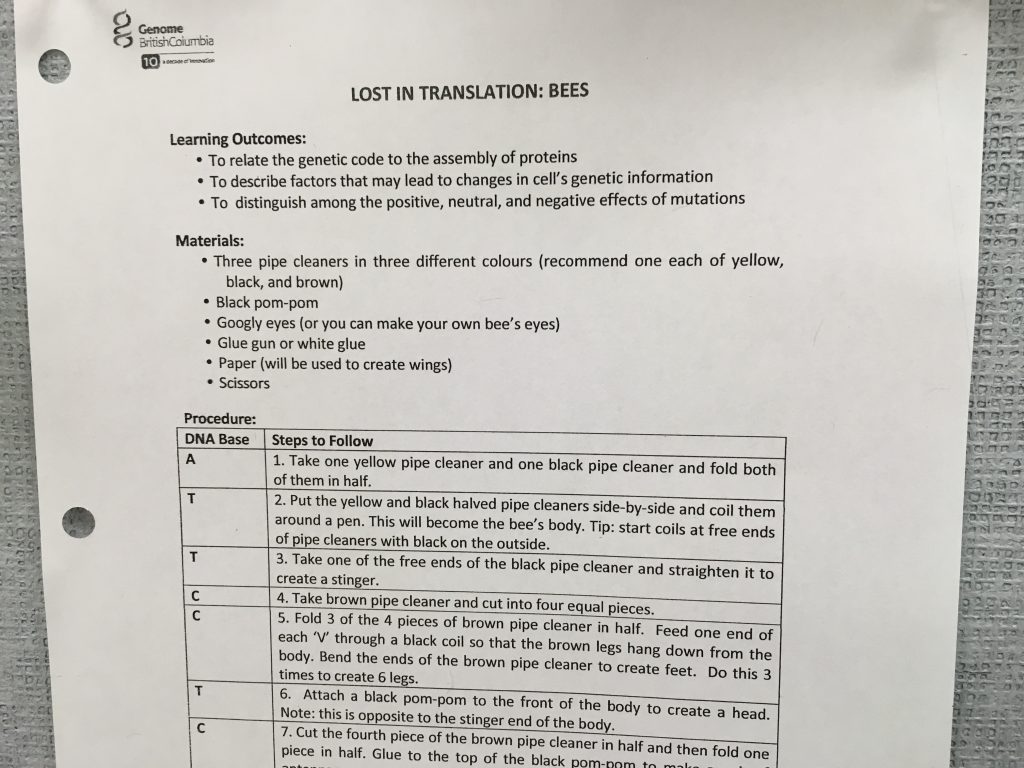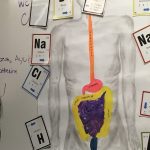Category Archives: Uncategorized
Geneskool Needs You – Volunteer and become a Science Ambassador
Comments Off on Geneskool Needs You – Volunteer and become a Science Ambassador
Posted in Uncategorized
Question Show – become a questioning Allstar and submit your science question to be answered by an expert
Do you have questions? Science questions anyone? Submit your science questions to Quirks and Quarks and have a science expert answer your questions.
Questions can be submitted online via this link
Abstract
Zika virus (ZIKV) has evolved into a global health threat due to its unexpected causal link to microcephaly. Phylogenetic analysis reveals that contemporary epidemic strains have accumulated multiple substitutions from their Asian ancestor. Here, we show that a single serine to asparagine substitution (S139N) in the viral polyprotein substantially increased ZIKV infectivity in both human and mouse neural progenitor cells (NPCs), led to more significant microcephaly in the mouse fetus, and higher mortality in neonatal mice. Evolutionary analysis indicates that the S139N substitution arose before the 2013 outbreak in French Polynesia and has been stably maintained during subsequent spread to the Americas. This functional adaption makes ZIKV more virulent to human NPCs, thus contributing to the increased incidence of microcephaly in recent ZIKV epidemics.
Comments Off on Question Show – become a questioning Allstar and submit your science question to be answered by an expert
Posted in Uncategorized
GMO’s in Action: Learn more about how genetically modified mosquitoes are being used to protect against contracting the Zika Virus
Learn more about GM Mosquitoes and Disease Vectors
Comments Off on GMO’s in Action: Learn more about how genetically modified mosquitoes are being used to protect against contracting the Zika Virus
Posted in Uncategorized
Gravitational Waves help us to understand the origin of heavy metals in the universe
What are gravitational waves and how can the presence of gravitational waves help us to understand the origin of heavy metals?
Comments Off on Gravitational Waves help us to understand the origin of heavy metals in the universe
Posted in Uncategorized
What makes a GMO different from natural selection (Lucky Hits)?
Comments Off on What makes a GMO different from natural selection (Lucky Hits)?
Posted in Uncategorized
Mutant animals – fur colour that is considered mutant (born to die)!
Comments Off on Mutant animals – fur colour that is considered mutant (born to die)!
Posted in Uncategorized
Bee Time “Lost in Translation”
Science starts with seeing. Check out some of the amazing wild type and mutated bee forms
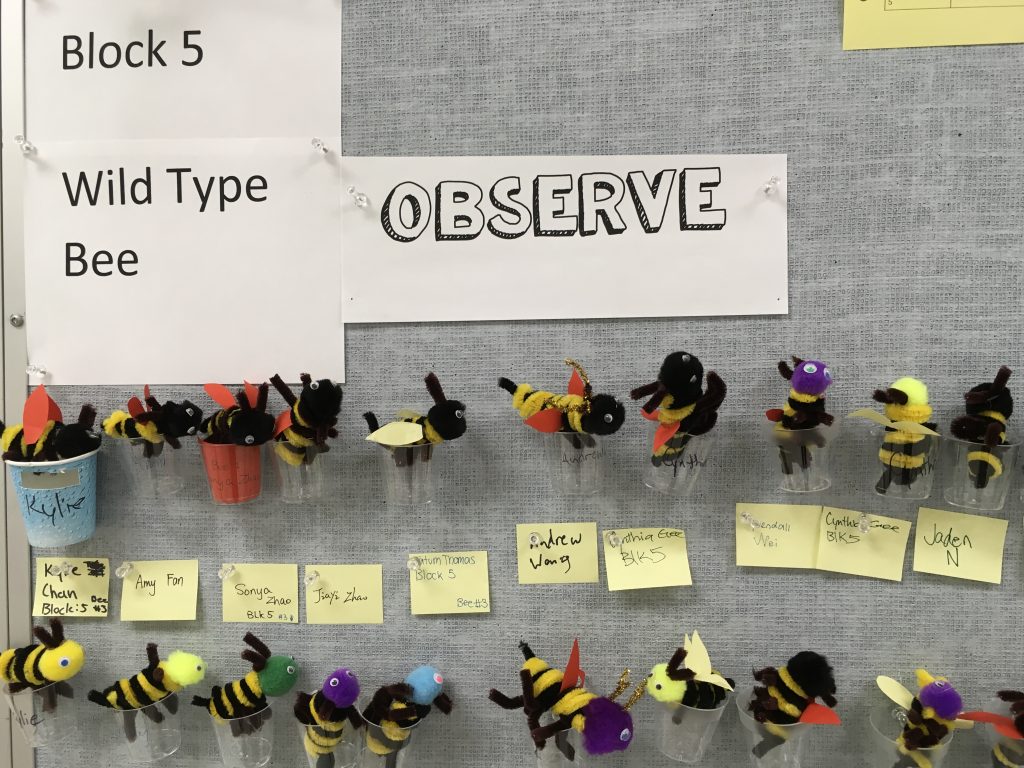
What visible features are present in the wild type bees that are not observable in the mutated bees?
Comments Off on Bee Time “Lost in Translation”
Posted in Uncategorized
Bee Spotter – Honey Bee Genome
Comments Off on Bee Spotter – Honey Bee Genome
Posted in Uncategorized
How can a single allele that has independent assortment produce a colour change in human skin?
Learn more about how skin colour is a function of melanin presence which varies according to UV radiation.
Comments Off on How can a single allele that has independent assortment produce a colour change in human skin?
Posted in Uncategorized
Niche – the fun way to learn about natural selection
Learn a lot more about genes, chromosomes and mutations by exploring the learning links on our genetics page:
Learn more about how grassland creatures are about to co-exist due to niche partitioning. Each species is able to co-exist if it occupies a unique biological niche.
Comments Off on Niche – the fun way to learn about natural selection
Posted in Uncategorized

